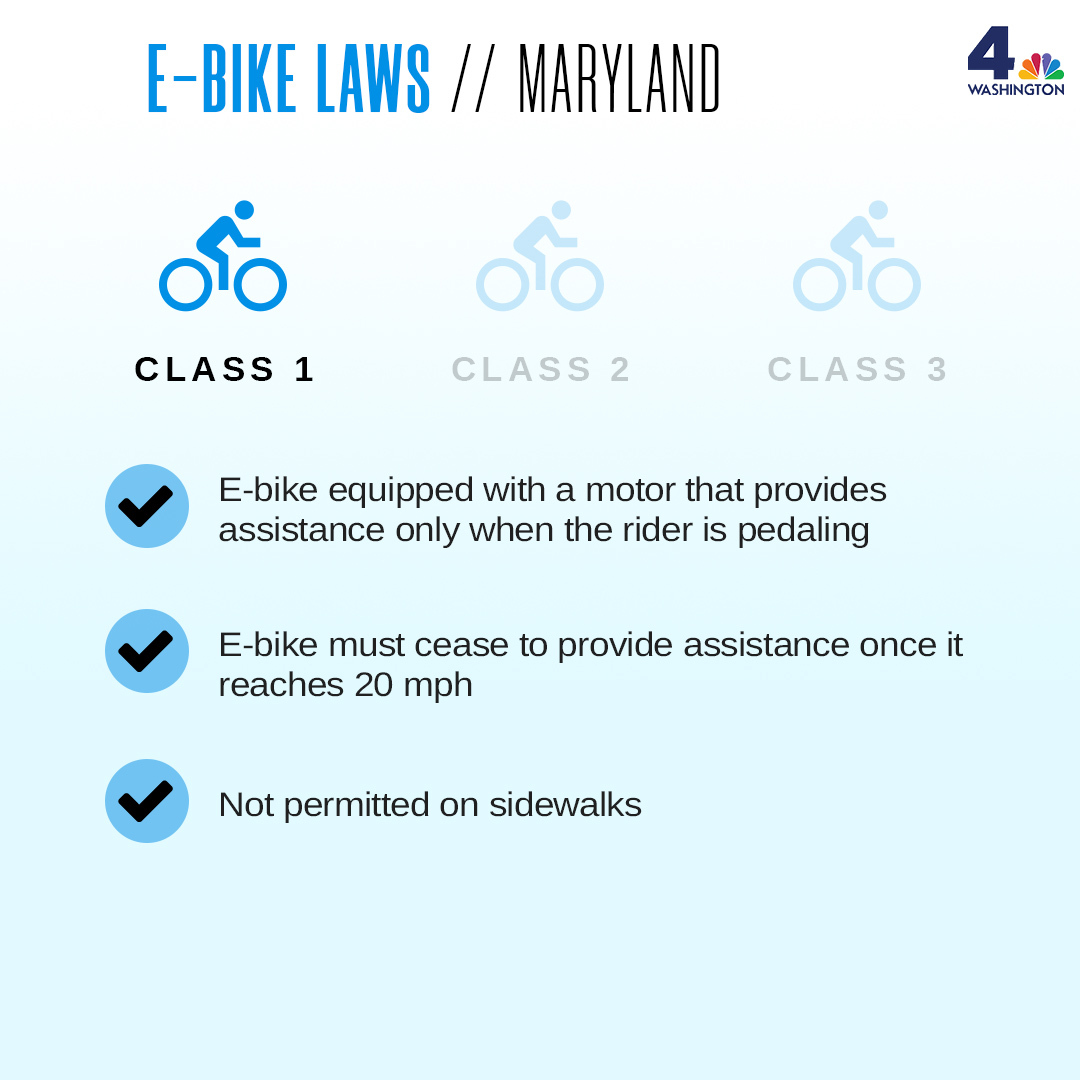A Newbie'S Guide To E-Bike Regulations And Regulations In Your City
A Newbie'S Guide To E-Bike Regulations And Regulations In Your City
Blog Article
Authored By-Riis Willumsen
Before you get on your e-bike and struck the streets, it's important to recognize the laws and guidelines that control your city. From rate restrictions to assigned riding locations, there's a lot to take into consideration to guarantee you're compliant and safe. By acquainting on your own with the guidelines specific to e-bikes, you'll be better geared up to appreciate your trips with no unanticipated lawful problems. Keep tuned to discover crucial insights that will certainly help you navigate the e-bike landscape in your city perfectly.
Comprehending E-Bike Category
When it concerns navigating the realm of e-bike legislations and laws, an important beginning point is recognizing the category system that classifies these electrical bicycles. E-bikes are generally classified right into 3 primary groups: Class 1, Course 2, and Course 3.
Class 1 e-bikes are pedal-assist only, meaning they give help while the motorcyclist is pedaling and have a maximum speed of 20 mph. read full article are allowed areas where standard bicycles are permitted.
Class 2 e-bikes are geared up with a throttle that can move the bike without pedaling. They also have a maximum speed of 20 miles per hour and are suitable for motorcyclists that might require aid without pedaling continually.
https://fat-tire-ebikes-deals19753.ourcodeblog.com/32365735/the-expansion-of-electric-bikes-patterns-and-advancements-worth-keeping-in-mind -bikes are similar to Class 1 but with a greater maximum speed of 28 mph. These bikes are frequently restricted from particular bike courses or routes as a result of their greater rates.
Understanding these categories is vital for abiding by neighborhood guidelines and ensuring a risk-free and satisfying e-biking experience.
Navigating Speed Limitations and Limitations
To efficiently browse e-bike laws and guidelines, it's essential to comprehend the speed restrictions and restrictions that relate to various classes of electrical bikes.
Rate limits for e-bikes vary depending upon the classification of the bike. Class 1 e-bikes, which are pedal-assist just and have a maximum speed of 20 miles per hour, are usually allowed on bike lanes and courses.
Class 2 e-bikes, which have a throttle in addition to pedal-assist and likewise get to rates of up to 20 mph, may be limited in certain locations where motorized vehicles aren't allowed.
Course 3 e-bikes, with pedal-assist as much as 28 miles per hour, are usually called for to adhere to the very same regulations as conventional bicycles.
It is necessary to abide by these rate limits and constraints to ensure your safety and the safety and security of others on the road. Prior to riding your e-bike, familiarize on your own with the specific guidelines in your city to avoid any potential penalties or legal issues.
Where to Experience Your E-Bike
To establish where you can ride your e-bike, it's vital to be aware of the guidelines and standards certain to your place. In a lot of locations, e-bikes are generally enabled on roadways and roads where traditional bikes are allowed. This may include bike lanes, bike paths, and shared roads. However, it's vital to examine regional regulations as some cities may have certain constraints on where e-bikes can be ridden.
When riding your e-bike, constantly focus on safety by adhering to traffic rules and valuing pedestrian sidewalks. In addition, be mindful of any designated bike lanes or paths in your area and use them whenever feasible to guarantee a smoother and safer adventure.
Some cities likewise have laws pertaining to e-bike usage on walkways, so make certain to familiarize on your own with these rules to prevent any type of fines or charges.
Final thought
Now that you're familiar with the laws and regulations surrounding e-bikes in your city, you can with confidence hit the trail understanding where you can ride and what restrictions put on your e-bike classification. Remember to constantly focus on security and follow the policies to guarantee a smooth and legal ride. Happy riding!
